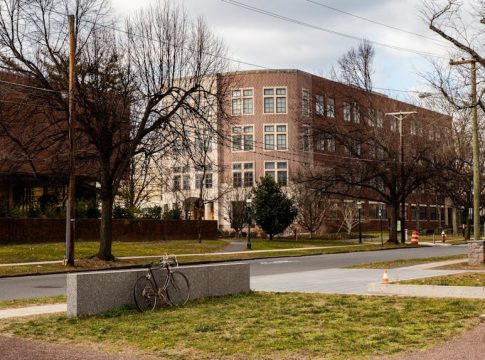Revolutionizing Autonomous Systems with AI-Enhanced Mathematical Proofs
A New Frontier in AI Research
Two professors from Princeton University are embarking on an exciting quest to merge artificial intelligence with advanced mathematical proof systems, a move they believe could transform the safety and optimization of autonomous technologies. Professor Amir Ali Ahmadi from Operations Research and Financial Engineering and Professor Pravesh Kothari from Computer Science recently received a Princeton AI Lab Seed Grant to explore this innovative terrain.
The Essence of Their Research
Their project, titled “AI-Assisted Algebraic Proof Systems with Engineering Applications,” aims to utilize application-specific data alongside AI techniques to elevate the capabilities of semidefinite programming—an adept mathematical method for solving intricate optimization challenges. These problems often involve elements of uncertainty and safety, making traditional algorithms insufficient.
- Key Applications: The research will have a focus on critical areas such as:
- Safety Verification: Ensuring robotic systems like drones and self-driving cars operate safely under all conditions.
- Automated Theorem Proving: Using machines to logically validate mathematical claims.
- Robust Statistics: Analyzing data while resisting misdirection from outliers.
Overcoming Computational Limits
A significant hurdle for semidefinite programming is its computational demands, especially as problem sizes grow. Ahmadi and Kothari are tackling this challenge by integrating machine learning. They propose that AI can learn from past data about infeasible polynomial systems to expedite the process of finding mathematical proofs.
Ahmadi comments, “If our AI can learn from previous problems, it could significantly streamline future computations. Our aim is to allow AI to ‘shortcut’ the proof process.”
Real-World Implications of Their Work
The pair’s research is not just theoretical; it tackles tangible real-world issues. One of their initial projects revolves around optimizing graph coloring techniques—a method crucial for resource allocation in various contexts. For example:
- Academic Scheduling: Determining the least number of classrooms required to avoid course conflicts at Princeton.
- Event Planning: Arranging dinner seating at events like weddings to minimize tensions among guests.
Aiming for Automated Mathematical Reasoning
Beyond immediate applications, Ahmadi and Kothari have set their sights on a grand ambition: automated mathematical reasoning. They envision a future where machines could autonomously prove complex theorems—an endeavor that could redefine the landscape of both AI and mathematics.
Ahmadi remarks, “Our goal is to unpack how these algorithms can solve difficult combinatorial problems that existing models struggle with. This endeavor is not just about the algorithms—it’s an interdisciplinary effort that blends various expertise.”
Conclusion: A Collaborative Journey in AI and Engineering
Although the initial grant is modest, Ahmadi believes it has provided the momentum needed to launch this research, with additional support from Princeton’s engineering school on the horizon. As they forge ahead, the collaboration represents not only an intersection of disciplines but also a significant step toward safer, more efficient autonomous systems powered by advanced AI.
The future may hold possibilities that we can only begin to imagine—where machines not only assist humans but excel in the realms of reasoning and validation.

Writes about personal finance, side hustles, gadgets, and tech innovation.
Bio: Priya specializes in making complex financial and tech topics easy to digest, with experience in fintech and consumer reviews.

